 |
|||||||||||||||||||||||||||||||||||||||||||||||||||||||||||||||||||||||||||||||||||||||||||||||||||||||||||
 |
|||||||||||||||||||||||||||||||||||||||||||||||||||||||||||||||||||||||||||||||||||||||||||||||||||||||||||
|
|||||||||||||||||||||||||||||||||||||||||||||||||||||||||||||||||||||||||||||||||||||||||||||||||||||||||||
The Musée Conti Wax Museum is currently CLOSED The WAX will re-open after a brief retirement at Jazzland Theme Park. EDUCATIONAL PACKET
These materials were for use at the former site in the French Quarter. New educational packets will be available when Jazzland Theme Park opens. Educational Packet Ideas for Lesson Planning | Pre-planning Tips | Time Line | Chamber of Horrors
Social Studies/Language Arts | Music/Arts | Science/Math | Extra | Topics Discuss life in Louisiana 300 years ago with no stores, farms or roads. Whole class activity - divide into groups of people present in 1700s: Native Americans, French Canadians, enslaved Africans and Europeans. Have one member from each group talk about how they could pool knowledge to provide for shelter and food. Follow with small groupings composed of persons from each land and plan short skits. Then have the students each write their impressions of life 200 to 300 years ago. (Spread over several lessons.) *Check Curriculum guides and new standards for related concepts, map skills and vocabulary words. Questions for discussion/writing: How did people long ago get water for drinking and bathing? At the WAX, Students will see Napoleon taking a bath. His tub has no faucets (year 1803). Activities relating to this can reinforce learning objectives in science, health. Why did American boatmen coming to New Orleans in the 1700s walk back home instead of taking their boats back upriver? Students will meet these boatmen at the WAX, prepare them by talking about river currents and the importance of the invention of the steamboat in the early 1800s. Rules for the sport of boxing are a little over 100 years old, why do you think these rules and the use of a referee are needed? Students will see a representation of the first heavyweight fight held under the Queensbury rules on their visit to the WAX? Did you know it was held in New Orleans? Locate recordings for early New Orleans-style Jazz music. After listening, students can research/write about such greats as Louis Armstrong and Jelly Roll Morton. They are depicted at the WAX along with Pete Fountain and a scene from the New Orleans Opera House. (Compare music?) Show class pictures done by John Audubon, have students read about his life in Haiti and in Louisiana. Ask the students to sketch a real plant in their classroom, then to attempt depicting a live animal or bird. Discuss the difficulties and try to find out how Audubon solved some of these problems. How long will your field trip take?How many days went into pre-planning? How many days in a school year? Months? How long have you lived? Compare with time covered by the WAX Museum. if there is a time-line in your classroom, compare this with time of written history. (Estimates of time of pre-recorded history can be a mind-boggling bonus and can lead to activities and discussions of archeology.) You may want to include calculations of budget and trip costs and attention to mileage to the museum. Routes taken can be highlighted on a map posted in the classroom. Madame Pontalba is shown in the WAX museum with an ironworker holding a piece of a cast iron balcony. Why is this important (besides the fact that decorative cast iron balconies are associated with New Orleans in the minds of many) and how is this different from the mush older form: hand forged wrought iron? Research the history of iron and craftsmen from Europe and Africa. The last part of the Musee Conti Wax Museum is the "Lagniappe" of the Chamber of Horrors. This too is educational as it is based on literary masterpieces by such greats as Edgar Allen Poe, Victor Hugo, Mary Shelly and Robert Louis Stevenson. These may also reinforce learning objectives. There are many topics worth exploring that can enhance your learning activities, They include: Development of Laws, Civil Rights, Effects of Slavery, Language Heritage in Louisiana, The Battle of New Orleans, Weapons Through the Years, Clothing Fashions and Changes, Roots of Creole Cooking, and Mardi Gras Customs and Costumes.
Chamber Of Horrors
|
|||||||||||||||||||||||||||||||||||||||||||||||||||||||||||||||||||||||||||||||||||||||||||||||||||||||||||



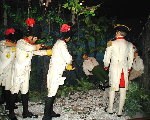
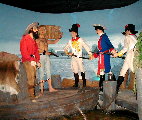
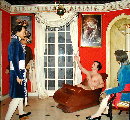
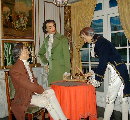

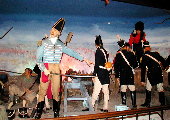






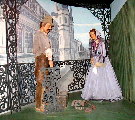
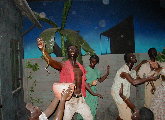





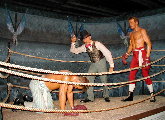

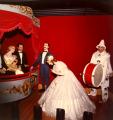
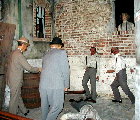

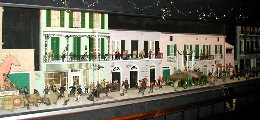




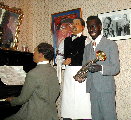

 Facebook
Facebook